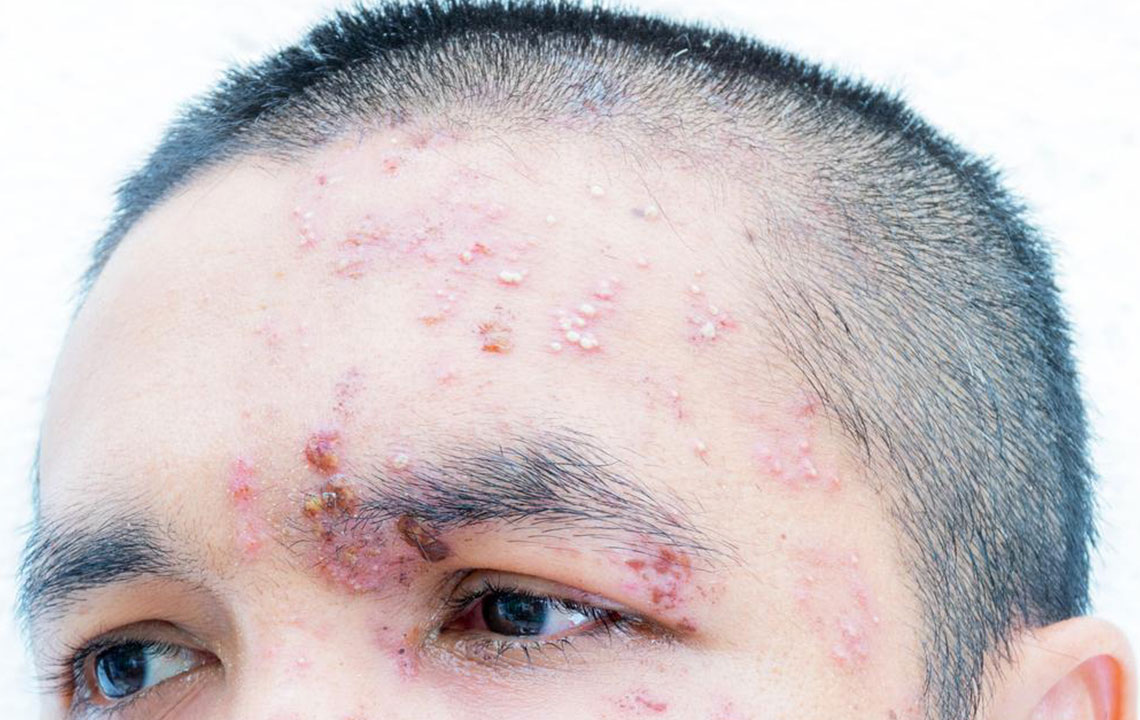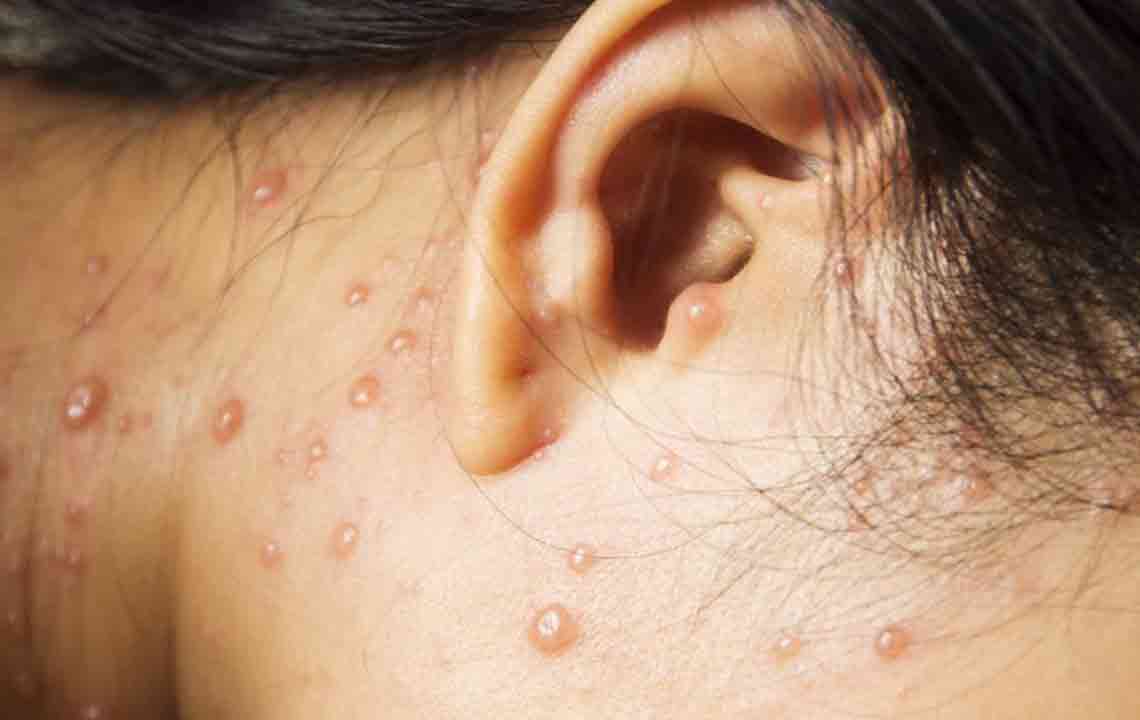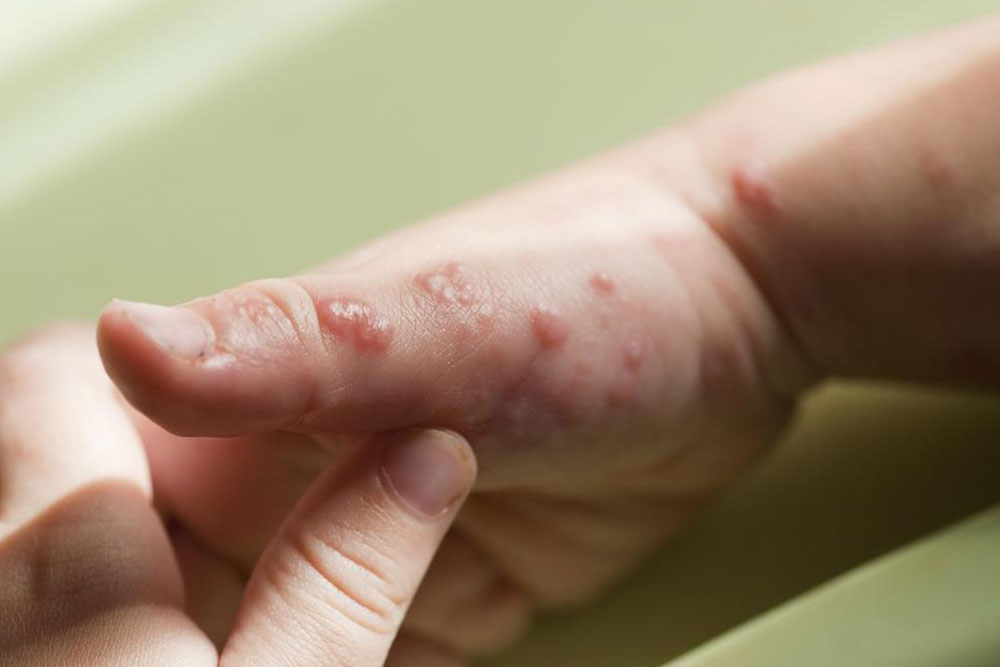Understanding and Managing Nerve Pain Caused by Shingles
This article explores the causes, symptoms, and preventive measures for nerve pain resulting from shingles. It emphasizes the importance of early treatment and offers insights into managing postherpetic neuralgia, especially in older adults. By understanding risk factors and the role of timely medication, patients can reduce the duration and severity of nerve pain caused by shingles, improving their quality of life.

Understanding and Managing Nerve Pain Caused by Shingles
Shingles is a viral condition impacting nerve pathways, affecting over one million Americans annually. While most recover, half of older adults who lack treatment may experience persistent pain lasting weeks, months, or years, known as postherpetic neuralgia (PHN). This nerve damage results from the chickenpox virus reactivating, causing a rash and severe pain. The pain can be mild or intense, triggered by gentle contact or breeze. Preventive medication and timely treatment are essential to reduce the risk of ongoing nerve pain after shingles.
The varicella-zoster virus causes shingles, which remains dormant in nerve tissues after chickenpox infection or vaccination. Reactivation, especially in immunocompromised individuals, leads to a painful rash on one side of the body. Early symptoms include sensitivity to light, headache, and flu-like feelings, followed by tingling, itching, and severe pain. Though the rash is contagious, shingles itself isn't transmissible. Persistent pain beyond three months is classified as PHN, often affecting older adults, females, and those with severe initial symptoms or high stress levels.
Psychological factors, including stress and social isolation, may heighten the likelihood of PHN development. Medical advances now offer preventive medications for high-risk patients. Early intervention upon shingles symptoms can significantly diminish the chance of chronic nerve pain. Consulting a healthcare professional promptly is crucial for effective treatment and prevention strategies.
Important Tips for Prevention and Care
If shingles symptoms appear, seeking immediate medical advice is vital for effective treatment. Medications are available that can reduce the risk of developing long-term nerve pain. Clinical research indicates that people over 50 can substantially lower PHN risk with preventive drugs, which are safe and effective. Proper early treatment not only reduces pain severity but also improves quality of life by preventing long-lasting nerve damage.
Note: Our blog offers comprehensive information across various health topics based on research. While we strive for accuracy, readers should consult healthcare providers for personalized advice. The content isn't a substitute for professional medical diagnosis or treatment. Potential differences in data across sources are acknowledged, and readers are encouraged to seek tailored medical guidance.










